As the silicon designs inside the connected devices of the Internet of Things transition from specifications to tapeouts, electronics companies have come to the stark realization that software security is simply not adequate. Securing silicon is now a required, not optional, part of RTL design processes.… Read More
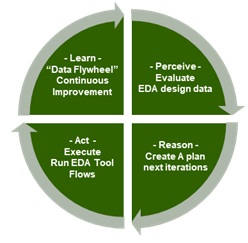 Agentic AI and the EDA Revolution: Why Data Mobility, Security, and Availability Matter More Than EverThe EDA (Electronic Design Automation) and semiconductor industries…Read More
Agentic AI and the EDA Revolution: Why Data Mobility, Security, and Availability Matter More Than EverThe EDA (Electronic Design Automation) and semiconductor industries…Read More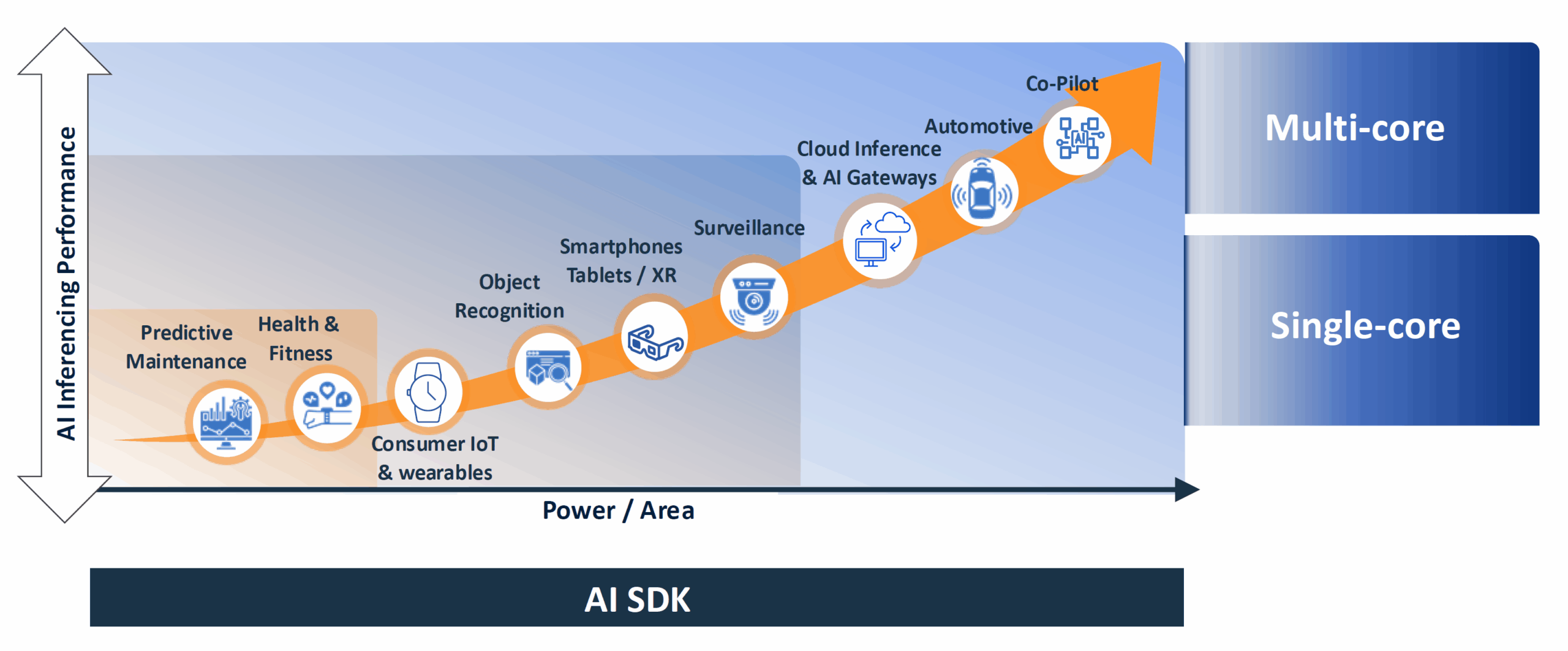 WEBINAR: What It Really Takes to Build a Future-Proof AI Architecture?Keeping up with competitors in many computing applications…Read More
WEBINAR: What It Really Takes to Build a Future-Proof AI Architecture?Keeping up with competitors in many computing applications…Read More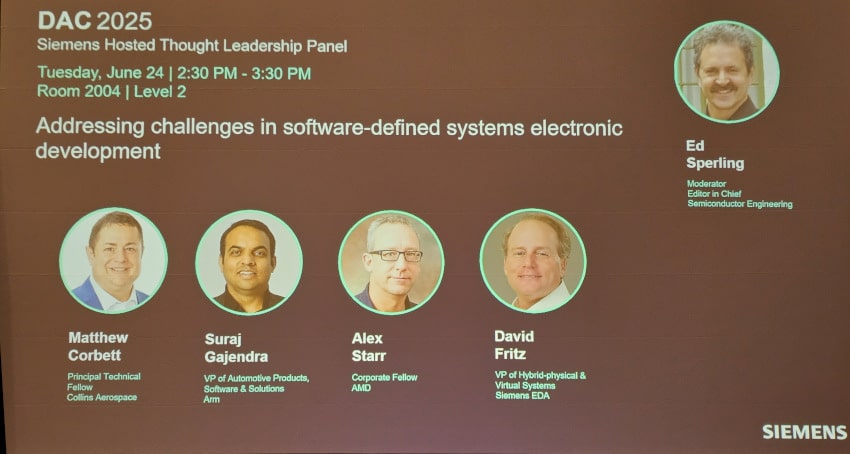 Software-defined Systems at #62DACModern EVs are prime examples of software-defined systems,…Read More
Software-defined Systems at #62DACModern EVs are prime examples of software-defined systems,…Read More Unlocking Efficiency and Performance with Simultaneous Multi-ThreadingAn Akeana hosted webinar on Simultaneous Multi-Threading (SMT)…Read More
Unlocking Efficiency and Performance with Simultaneous Multi-ThreadingAn Akeana hosted webinar on Simultaneous Multi-Threading (SMT)…Read MoreFrom Zero to IoT Prototype in One Month
The best things in life may not always be free, but they don’t have to be incredibly difficult to get to. A challenge for IoT designers has been that their bubbling excitement over the potential of their new gizmo is quickly tempered by the complexities of actually building the hardware. Not exactly what they have come to expect in … Read More
HBM controller IP holds the key to bandwidth
We were waiting to see what a different roster including SK Hynix and Synopsys would have to say on HBM in the latest Open Silicon webinar. This event focused on HBM bandwidth issues; a packaging session on 2.5D interposers was promised for a future webinar.… Read More
Circuit Simulation Panel Discussion at #53DAC
Four panelists from big-name semiconductor design companies spoke about their circuit simulation experiences at #53DAC in Austin this year, so I attended to learn more about SPICE and Fast SPICE circuit simulation. I heard from the following four companies:… Read More
High Level Synthesis Update
High-level synthesis (HLS) involves the generation of an RTL hardware model from a C/C++/SystemC description. The C code is typically referred to as abehavioraloralgorithmicmodel. The C language constructs and semantics available to architects enable efficient and concise coding – the code itself is smaller, easier to write/read,… Read More
Xilinx is Killing Altera!
At a recent outing with FPGA friends from days gone by, the long running Xilinx vs Altera debate has come to an end. The bottom line is that Xilinx has used the FUD (fear, uncertainty, and doubt) of the Intel acquisition quite effectively against Altera and is racking up 20nm and 16nm design wins at an alarming rate. It will be a while … Read More
ARM vs Intel: The New War Frontiers
With Intel’s exit from smartphone processor market, the competitive zones are redefined with its rivalry with ARM. Is ARM’s domination the only reason for Intel’s exit? With no competing architecture, is ARM a monopoly in smartphone processor IP market? What are the new areas of competition between ARM and Intel? I will attempt… Read More
It’s Time to Put Your Spice Netlists on a Diet
Spice circuit simulation remains the backbone of IC design validation. Digital cell library developers rely upon Spice for circuit characterization, to provide the data for Liberty models. Memory IP designers utilize additional Spice features to perform statistical sampling. Analog and I/O interface designers extend these… Read More
The amazing artificial intelligence we were promised is coming, finally
We have been hearing predictions for decades of a takeover of the world by artificial intelligence. In 1957, Herbert A. Simon predicted that within 10 years a digital computer would be the world’s chess champion. That didn’t happen until 1996. And despite Marvin Minsky’s 1970 prediction that “in from three to eight years we will… Read More
Network generator embeds TensorFlow, more CNNs
Research on deep learning and convolutional neural networks (CNNs) is on the rise – and embedding new algorithms is drawing more attention. At CVPR 2016, CEVA is launching their 2[SUP]nd[/SUP] generation Deep Neural Network (CDNN2) software with new support for Google TensorFlow.… Read More



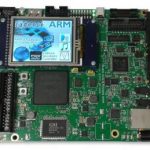


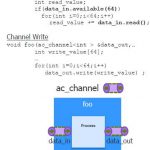
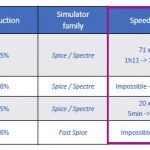
Should Intel be Split in Half?